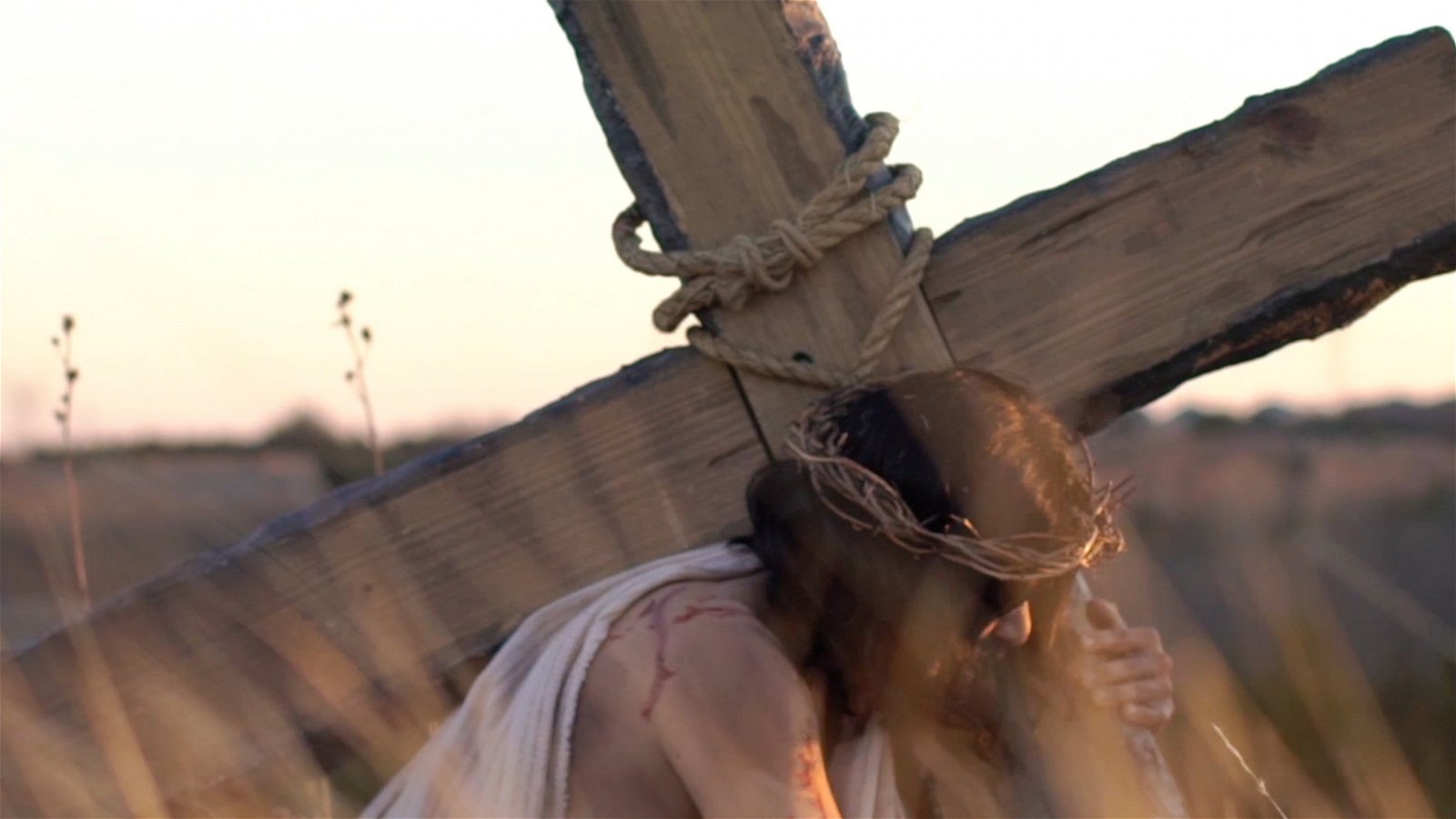

Crucifixion

We come today to the day we know as Good Friday. Why is it called “good” when it is the day on which we commemorate the crucifixion and death of Jesus Christ? It is because, for those who are followers of Christ, we know that the suffering and death of Jesus – as terrible as it was – was the fulfillment of God’s plan to provide for our salvation from sin. Jesus willingly suffered and died as the ultimate, once-for-all sacrifice for our sin.
And when they led Him away, they laid hold of one Simon, a Cyrenian, coming in from the country, and placed on him the cross to carry behind Jesus.Luke 23:26
After Pilate delivered him to be crucified, Jesus began the walk to the site of execution. He had become so weakened by the scourging He received that He was unable to carry the cross-beam very far. Impatient, the Romans pressed a man named Simon of Cyrene to carry the beam through the streets of Jerusalem.
And when they came to the place called The Skull, there they crucified Him and the criminals, one on the right and the other on the left.Luke 23:33
And the people stood by, looking on. And even the rulers were sneering at Him, saying, ‘He saved others; let Him save Himself if this is the Christ of God, His Chosen One.’Luke 23:35
What awaited Jesus was the most painful death imaginable. The pain of crucifixion was so intense that the Romans, who had perfected it as a means of torture, had to create a new word – “excruciating” – to describe it. Jesus would have been stripped, then nailed to the cross with thick spikes at least five inches long – then the cross lifted into place to make His suffering a humiliating public spectacle.
The gospel accounts of the crucifixion of Jesus are simple and straightforward, but we know that death was usually due to exposure, blood loss, dehydration, or asphyxia. As Jesus endured this agony, he also endured the jeers of those who shouted, “He saved others, but He cannot save himself.” These bystanders failed to understand that Jesus could not have accomplished His mission if He had bypassed the Cross. The gospels record seven “words” that Jesus uttered from the Cross – words of forgiveness, salvation, and affection – and a word of dereliction as He experienced the pain of knowing that the sins He bore on our behalf had caused God to turn His back on His Son.
When Jesus therefore had received the sour wine, He said, ‘It is finished!’ And he bowed His head, and gave us His spirit.John 19:30
Before the final word of surrender and death, Jesus uttered the words, “It is finished.” This word – tetelestai – is an accounting term that means “Paid in full.” By His death Jesus declared the debit of sin canceled. Nothing else was required; the work Jesus had come into the world to do was complete.
Why did Jesus die? In a practical sense, He died because of the hatred of the Jewish leaders and the moral cowardice of Pilate. But more importantly, He died to deal with our sin and the rebellion of the human heart. It was His love for us that compelled Him to die on our behalf. In short, why did He die? Look in the mirror – He died for you!


